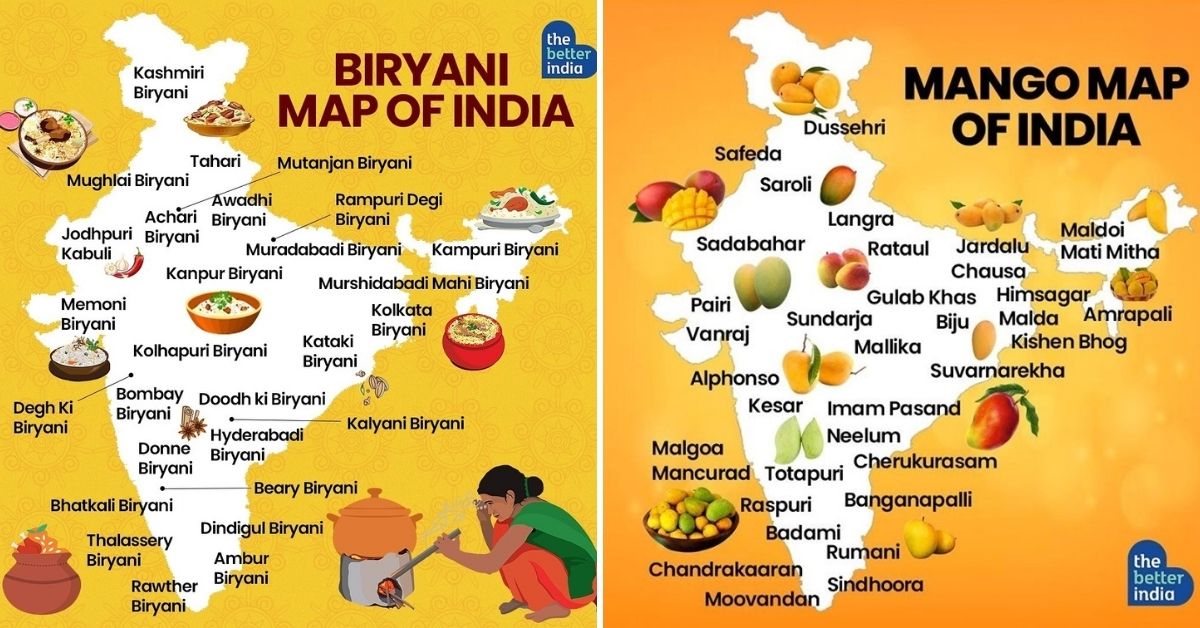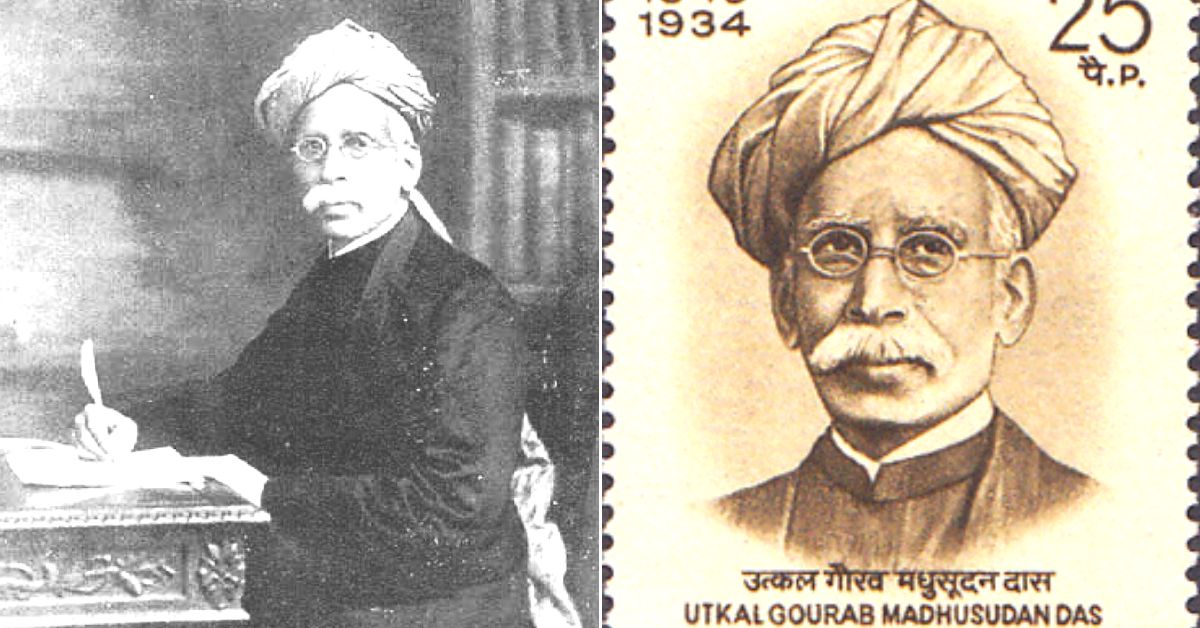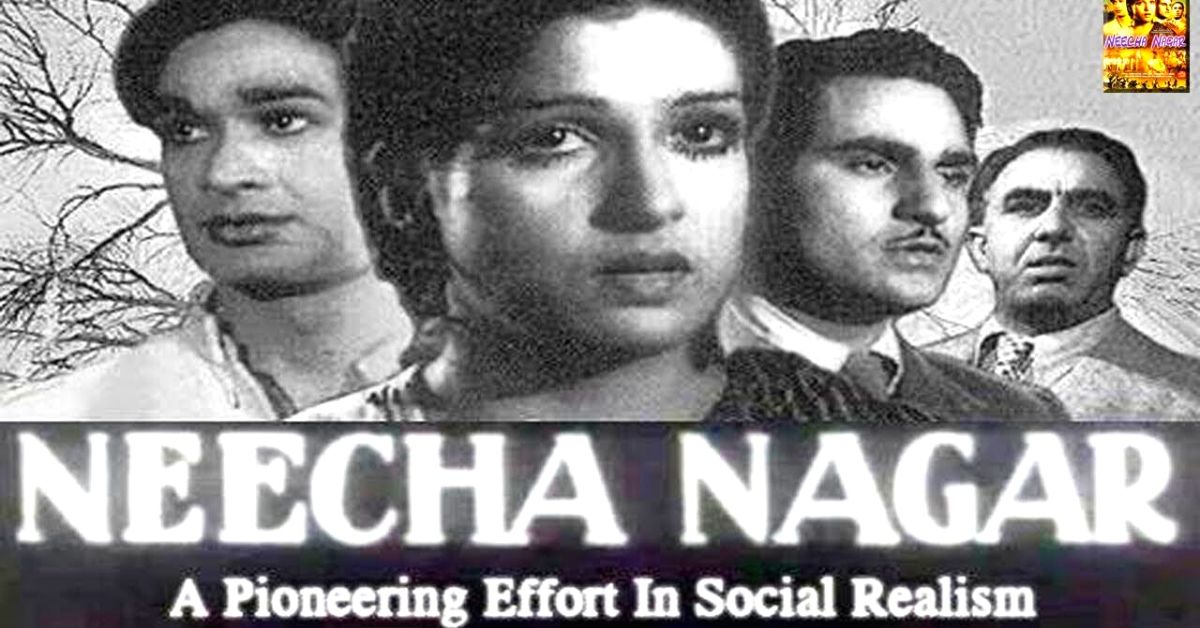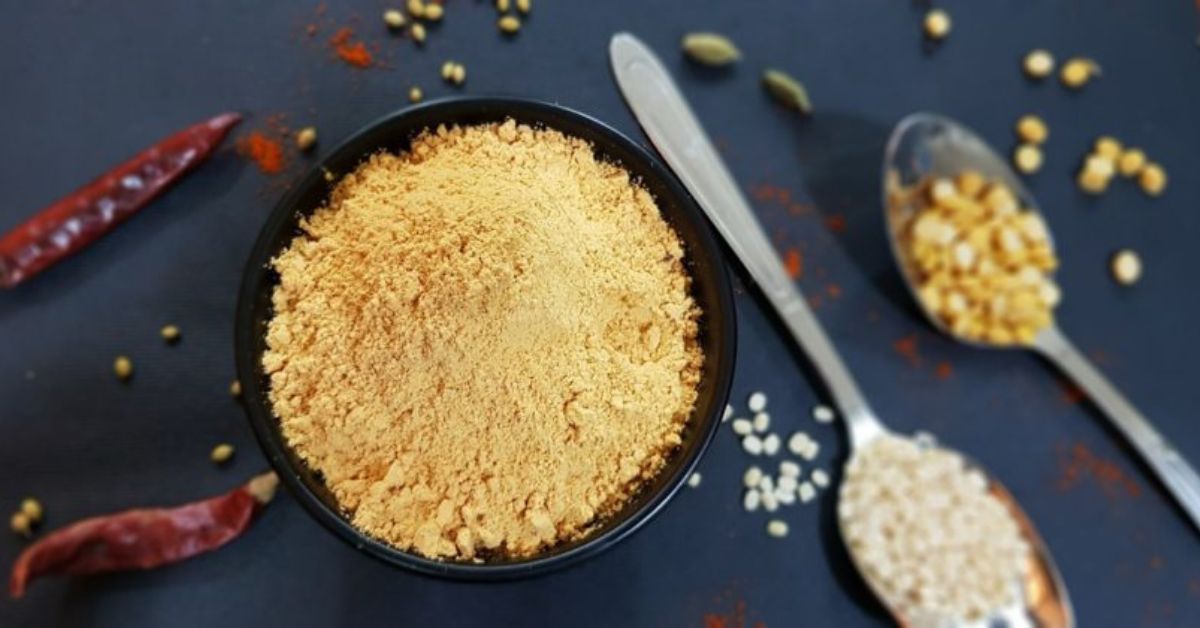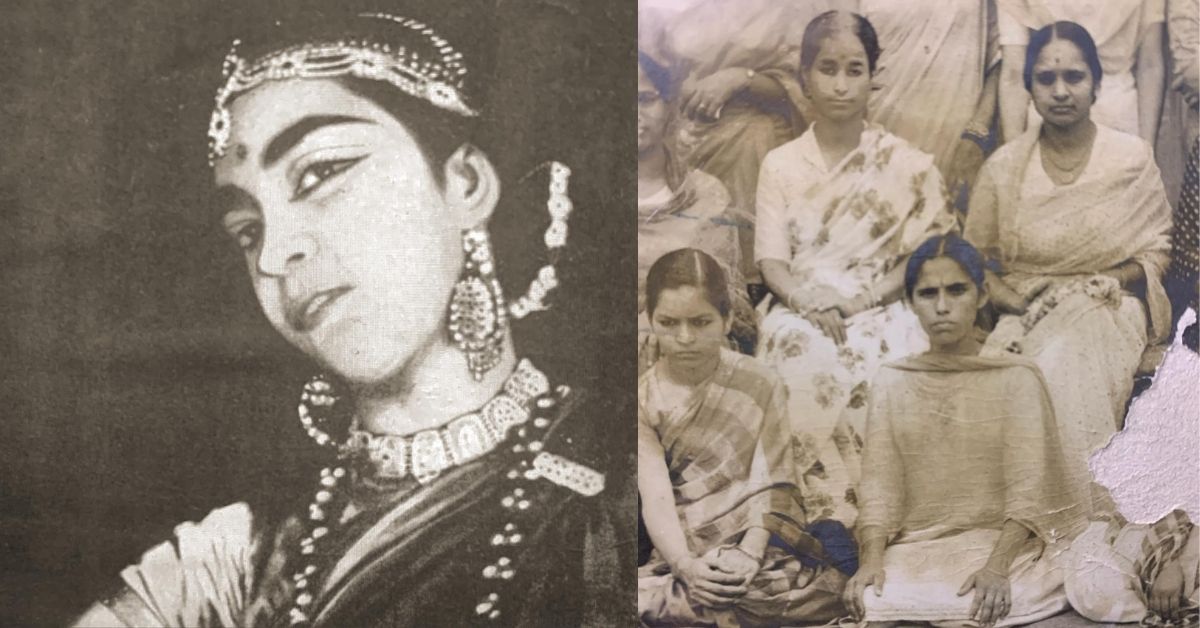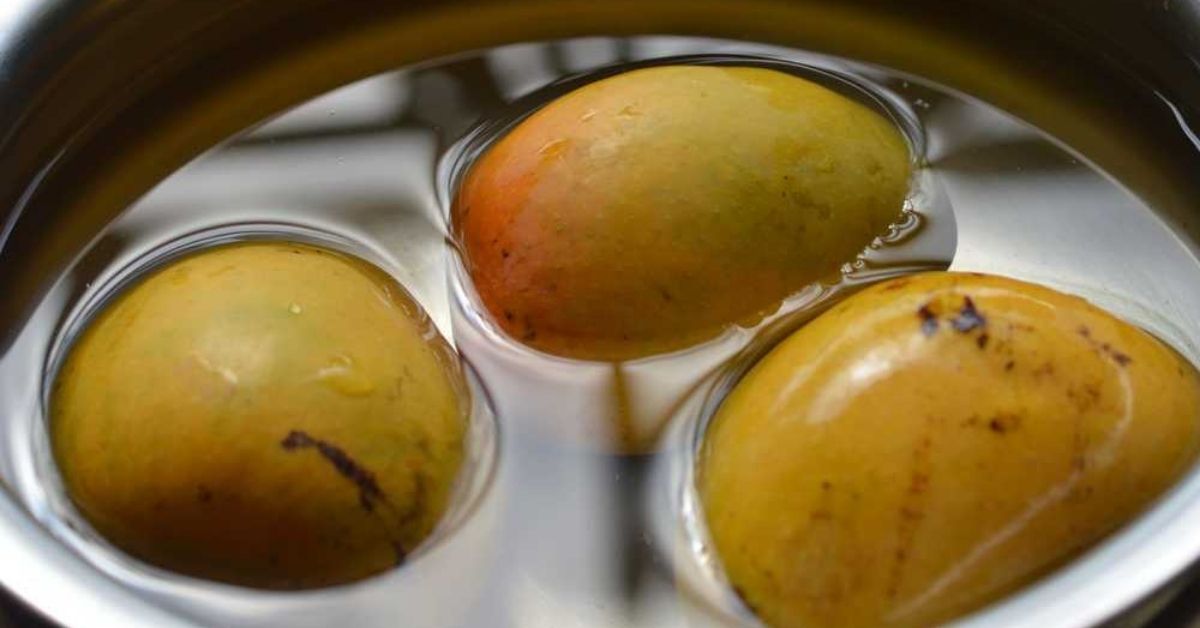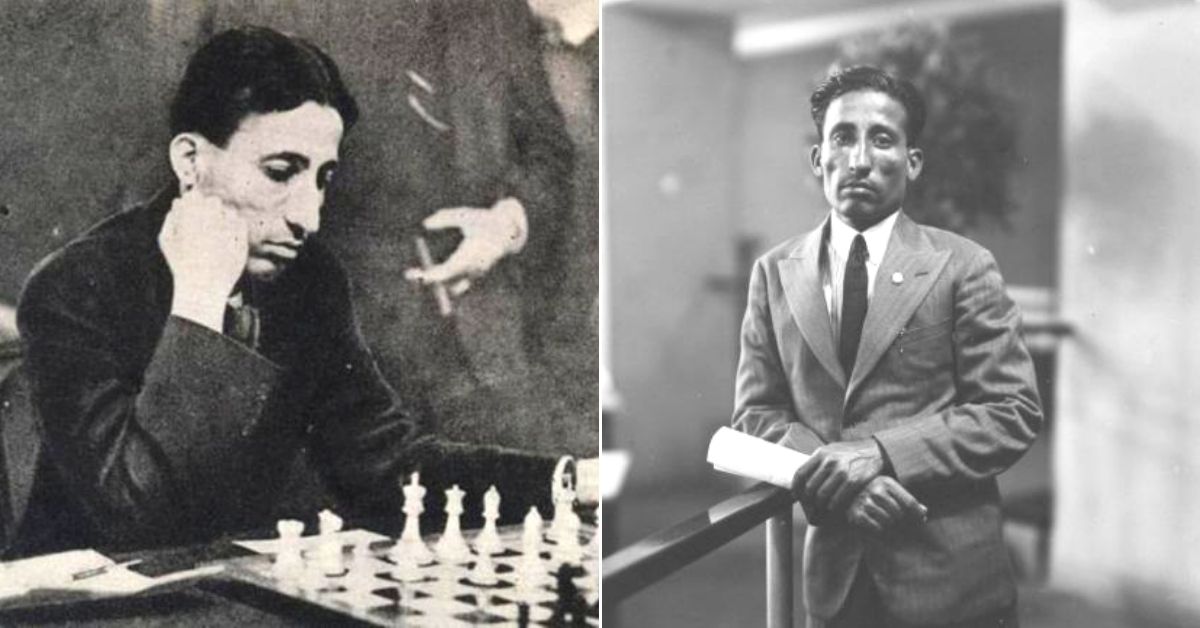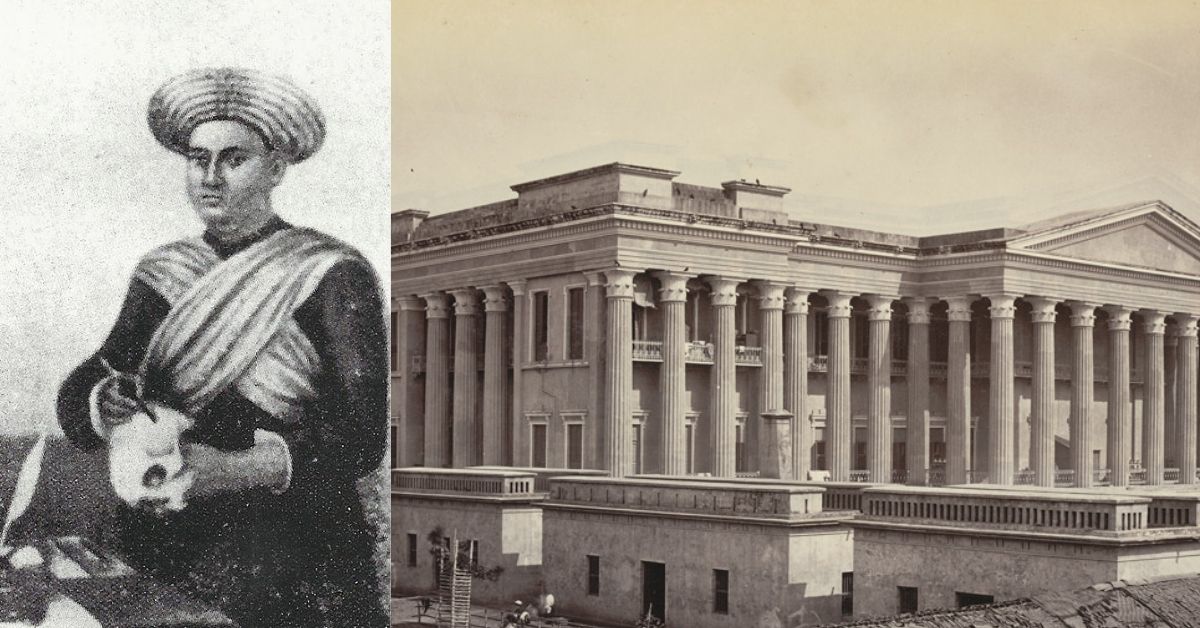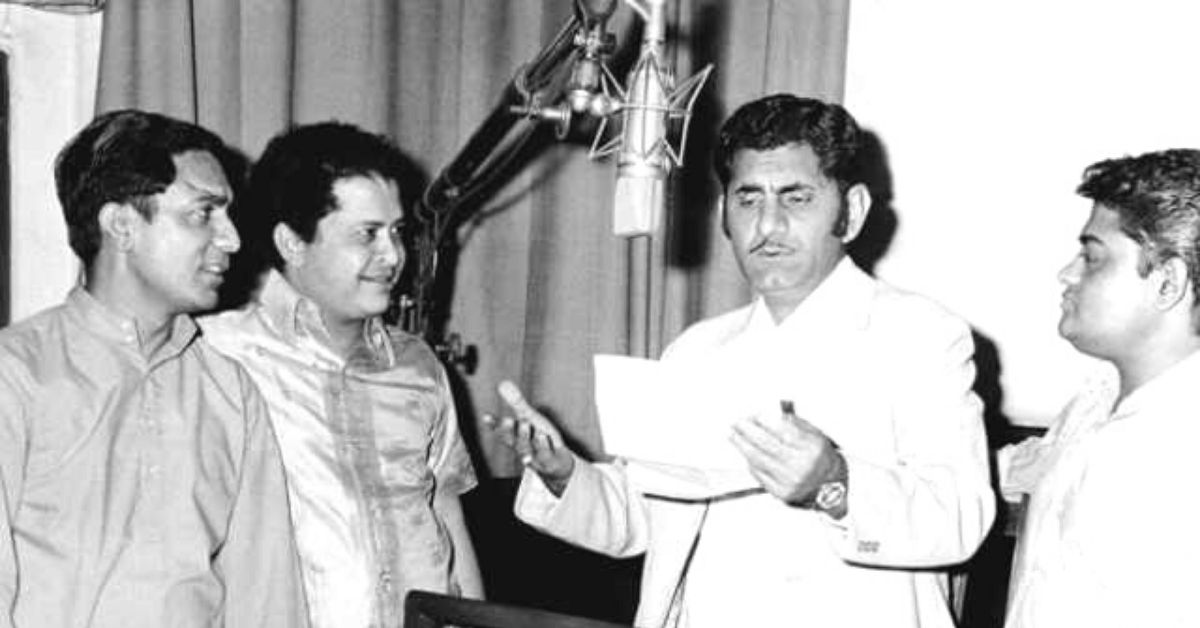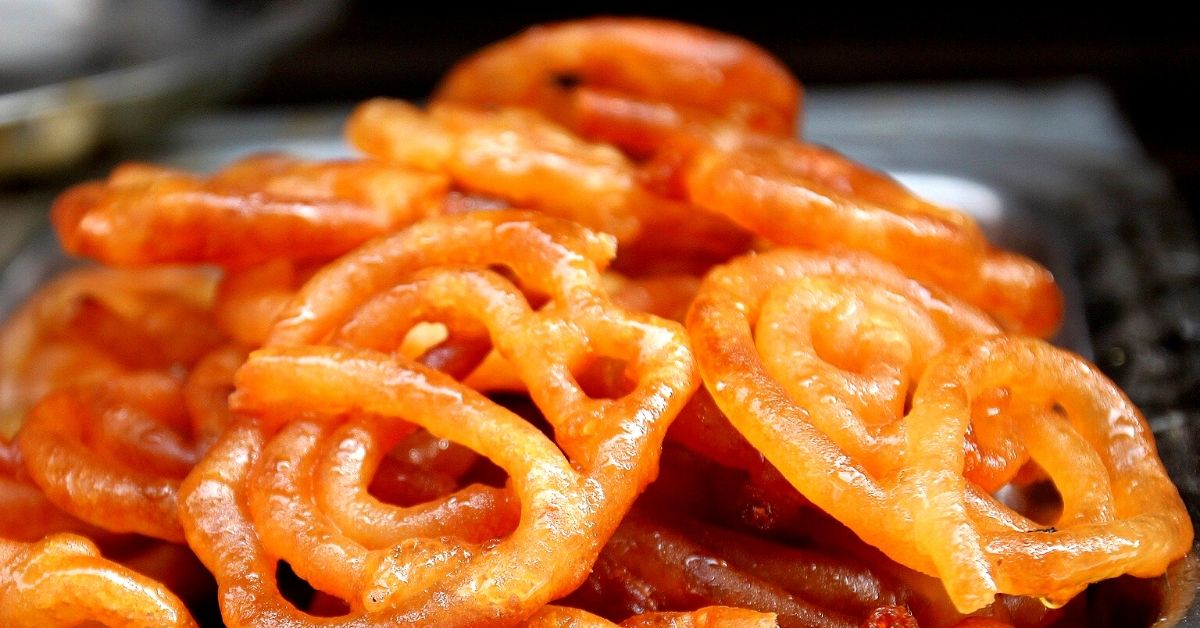
What the secret behind those luscious swirls? From the ‘zulbiya’ of ancient Persia to the ‘jilapi’ of Bengal’s country fairs, Jalebi – the desi dessert comes full circle — literally!
A misty cold, finger-numbing morning. A walk to the nearest halwai – sweet shop – wrapped to the teeth in woollens. A wait in the queue. And finally, a bowlful of hot jalebi served with rabdi. Your teeth bite into the coiled, sugary goodness of deep-fried batter. Your soul sighs.
Jalebi has fans in all of us.
Whether eaten with the humble breakfast of poori-sabzi or the evening snack of Samosa and chai, consumed alone, in milk or with curd, jalebi can be enjoyed hot, cold or even daylong stale.
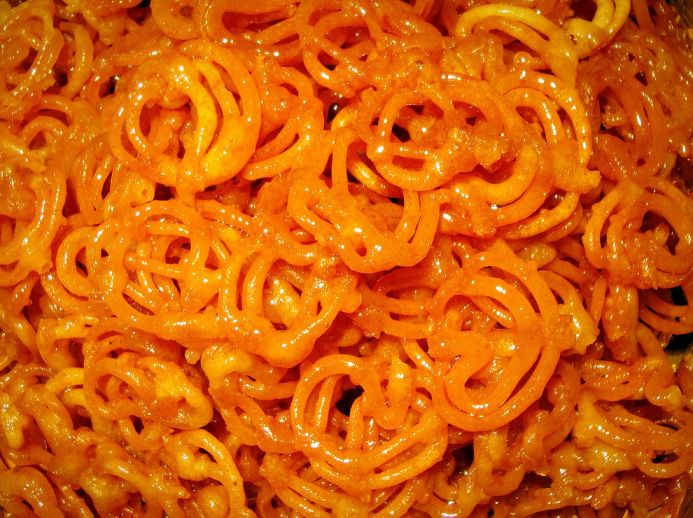
For ages, Indians have been going ga-ga over this unparalleled dish. So, it will come as a shock to many to know that the origin of jalebi is not Indian at all. In fact, the nation’s beloved recipe is perhaps an import from its Middle-Eastern counterpart Zalabiya or the Persian Zulbiya!
Here’s the timeline of jalebi’s origin and its gradual evolution into the modern Indian favourite.
Earliest Mentions
The oldest mention of Zulbiya dates back to the early 10th century. An ancient Persian cookbook ‘Kitab al-Tabeekh’ by Muhammad bin Hasan al-Baghdadi mentions the recipe of the dish, describing it as the sweet traditionally distributed among the masses during Ramadan and other festivities. The dish also finds mention in another 10th-century Arabic cookbook by Ibn Sayyar al-Warraq.
Zulbiya is still popular in modern-day Iran, emerging as an indispensable dessert on the Nowruz (Persian New Year) platter. However, Zulbiya differs from the Indian jalebi in appearance, as the former has an asymmetric floral coil pattern, unlike the latter which is a series of circular coils. Additionally, the Middle-Eastern recipe mandates the use of a syrup of honey and rose water, while a simple sugar syrup fills Indian jalebi.
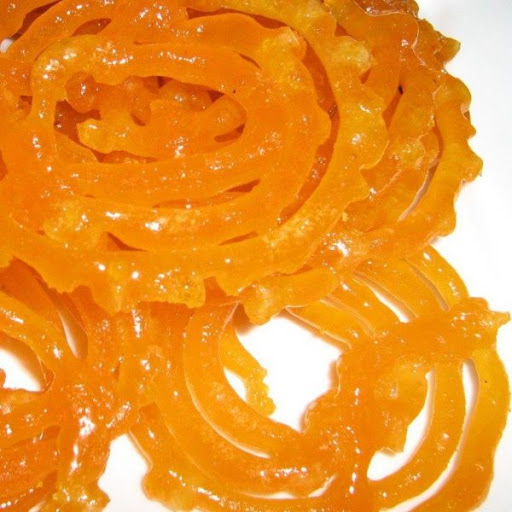
The Grand Arrival to the Indian Subcontinent
According to the Hobson-Jobson glossary of Indian words & phrases, the term ‘jalebi’ is an Indianised derivative of Zulbiya – the recipe of which was brought to the Indian subcontinent by Persian traders, artisans and middle-eastern invaders throughout the medieval period.
It did not take long for the delectable Zulbiya to weave itself into the Indian cuisine as the homely Jalavallika or Kundalika. By the late 15th century, jalebi had become a part of indigenous festivities as well as personal occasions like weddings or other celebrations. The dish even became a mainstay as Prasadam in temples.
The first Indian text with a reference to jalebi is Priyamkarnrpakatha (1450 CE) – a Jain text composed by Jinasura, where he mentions jalebi as part of the dinner menu served by an Indian merchant. Later, in 1600 CE, the Sanskrit text, Gunyagunabodhini, enlists the ingredients and recipe of a dessert which is identical to the present-day jalebi.
Bhojana Kutuhala – another 16th Century book of recipes and food science by Raghunath has a subtle mention of the sought-after sweet dish.
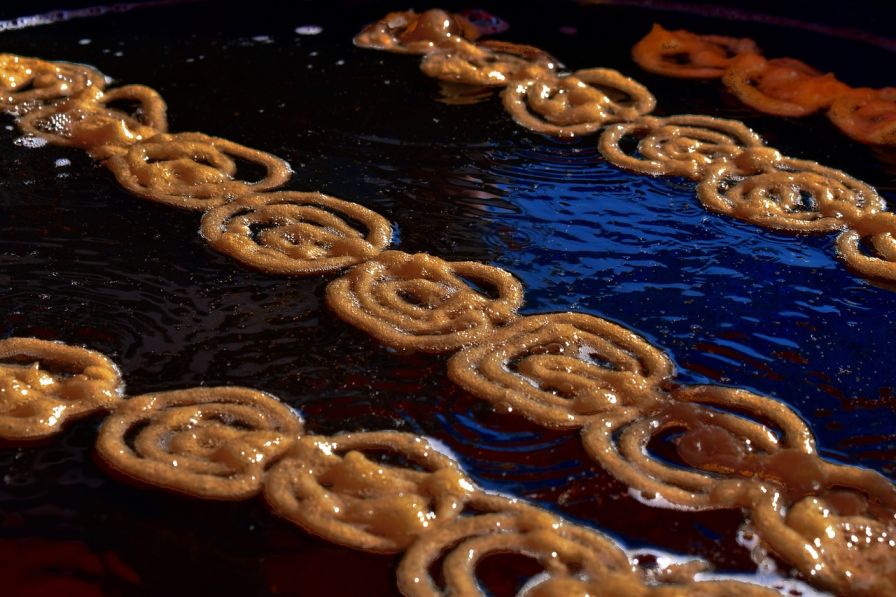
In his book Indian Food: A Historical Companion, food historian KT Achaya writes – “According to Hobson-Jobson, the word jilebi is ‘apparently a corruption of the Arabic zalabiya or Persian zalibiya’. If so, both the word and the sweet, syrupy article of food that it connotes must have entered India quite early.”
The Different Variants of Jalebi in India
Jalebi – the Indian version of the dish became popular over centuries in Northern India, while in Southern India it is mostly pronounced as Jilebi. Be it the Bengali Jilapi served at a country fair on Rathayatra or the Gujarati jalebi consumed with Fafda on Dusshera, jalebi has been essentially intertwined with the gastronomic demography of India.
Several avatars of jalebi are now popular across the country’s mainland – the heavyweight Jaleba from the night markets of Indore, the Chhanar Jilipi from the kitchens of Bengal’s esteemed sweetmakers, the Mawa jalebi of Madhya Pradesh or its doppelganger Khowa jalebi of Hyderabad, or even the Imarti or Jhangiri of Andhra Pradesh, named after the Mughal emperor Jahangir.
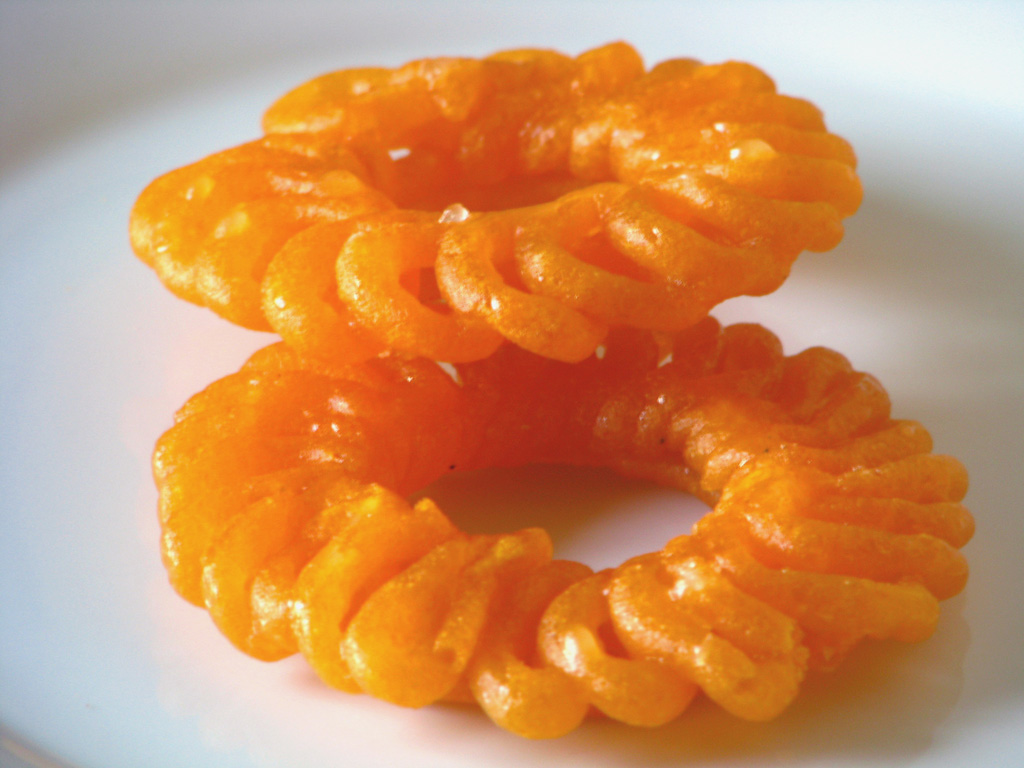
The Jalebis in the Market
“There is more demand for our jalebi in winter,” heartily shares Sanjeev Sharma, the present owner of Amritsar’s famous shop Gurdas Ram Jalebi Wala. “Our USP is that we prepare everything fresh every morning. ‘Garma-garam’ jalebis are fried and dipped in syrup in front of the customer.” The 62-year-old shop was started by Sharma’s grandfather, who migrated to Amritsar from a village in Himachal Pradesh in search of work.
He and his son, Sharma’s father, soon mastered the craft of making these luscious orange swirls and has never had to look back since. “We don’t prepare any other variants like the Mawa or Paneer jalebi. We stick to the classic Desi-ghee Jalebi prepared in fresh Khameer (yeast) batter. Even Sachin Tendulkar loves our jalebi,” says Sharma.
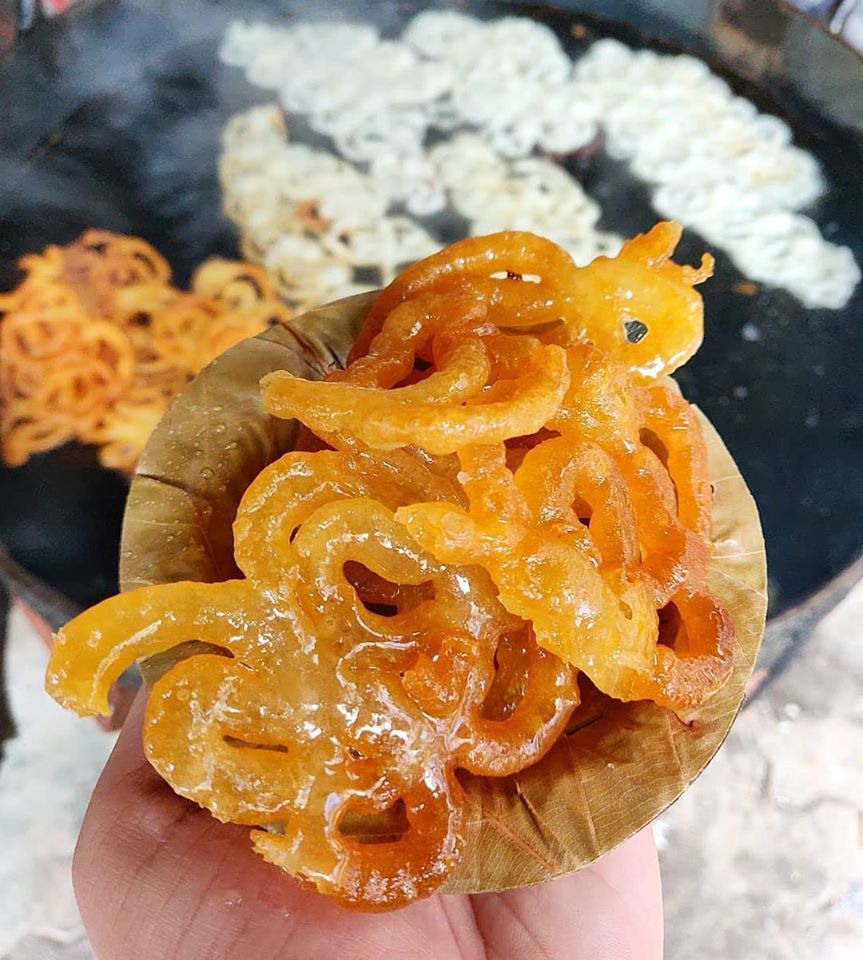
Old Famous Jalebi Wala, arguably the oldest and most popular shop in Delhi, has been in the jalebi-making business since 1884. The shop was started by Nem Chand Jain, and is presently looked after by his successor Kailash Jain.
Speaking to The Better India, Kailash Jain reveals, “Our jalebis are a little thicker than the standard ones available in the market. But you can store our jalebi for up to one month without any refrigeration. This is because we do not ferment the batter overnight, and only prepare it fresh from scratch every morning. Hence, there is also no tinge of sourness.”
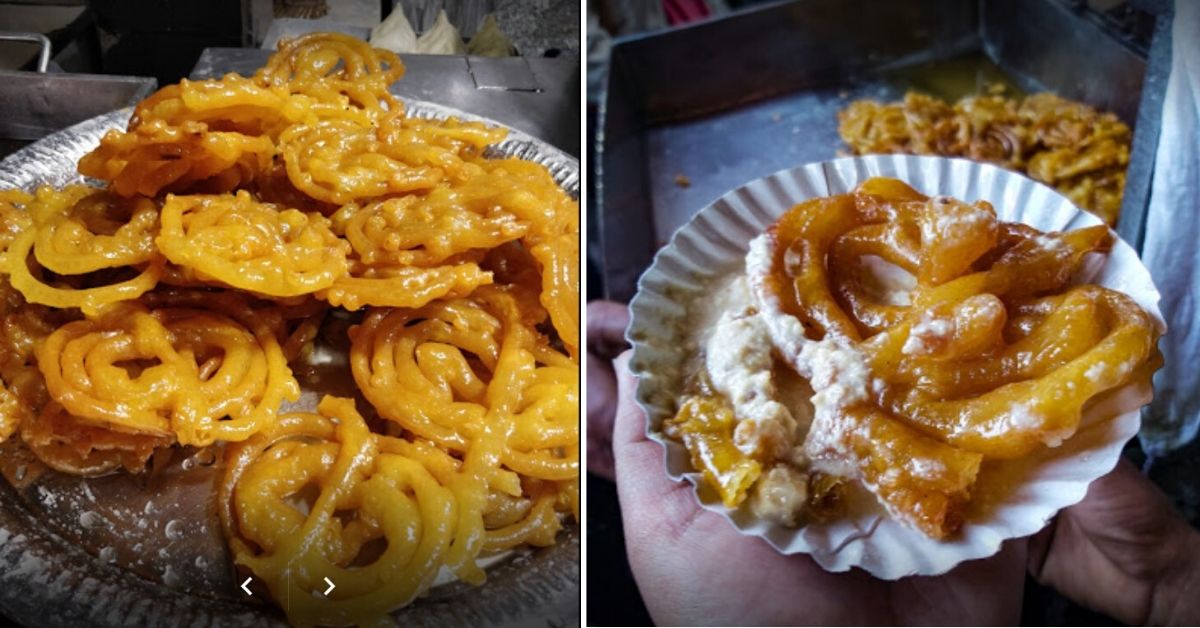
He adds how almost all the previous prime ministers of India have been a regular at their shop during their times – from Nehru to Rajiv Gandhi to Manmohan Singh. Even Bollywood superstars Raj Kapoor and Rishi Kapoor had been dedicated fans of this shop which sells up to Rs 15,000 worth of the sweet every single day.
Here’s to more crispy jalebis filling your mouth with syrupy sweetness! Call what it what, the charm of the evergreen jalebi will never fade from the Indian food scene.
(Edited by Saiqua Sultan)
Like this story? Or have something to share?
Write to us: contact@thebetterindia.com
Connect with us on Facebook and Twitter.
